Kirkwall, Orkney Islands Cruise Port Guide
Kirkwall is the largest town on the Orkney Islands, a stunning archipelago of 70 islands situated off the most northern point of Scotland. Orkney contains some of the oldest and best-preserved Neolithic sites in Europe and has been voted the ‘Happiest’ place in Britain to live. It’s sweeping landscape and rugged coastlines are home to a land steeped in history.
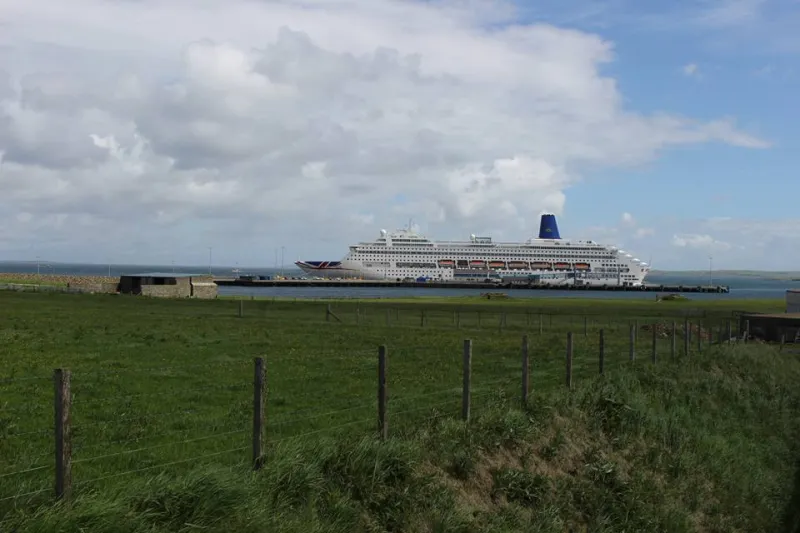
Arriving in Kirkwall, your vessel will either berth at Hatston Pier, Orkney's main cruise ship terminal or at Kirkwall Pier. It may also anchor within Kirkwall Bay, with tenders providing transport between your ship and into the heart of Kirkwall Harbour.
There is a Tourist Information point In Kirkwall’s centre for you to visit if you are choosing to explore on your own.
Tourist Attractions in Kirkwall
St Magnus Cathedral - Britain’s most northerly Cathedral, which you cannot miss as you wander around the town. A beautiful piece of architecture that is further enhanced by the use of both red and yellow sandstone in its construction. Some parts of the Cathedral are over 850 years old.
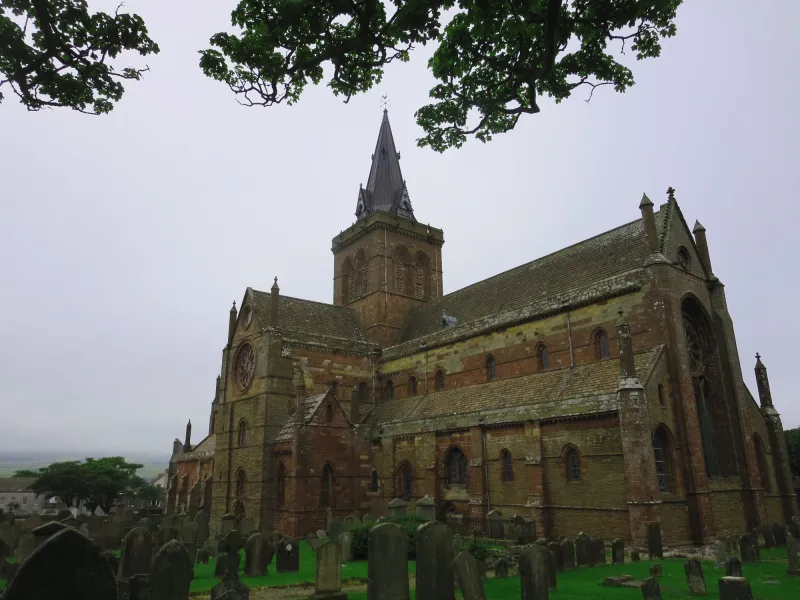
The Bishops Palace and Earls Palace - located a stones through from the Cathedral. The medieval Bishops Palace was built around the same time as the St Magnus Cathedral and was constructed by one of Orkney’s most notorious rulers, Patrick, Earl of Orkney. The Earls Palace stands roofless but otherwise complete. It has been described as 'the most mature and accomplished piece of Renaissance architecture left in Scotland'.
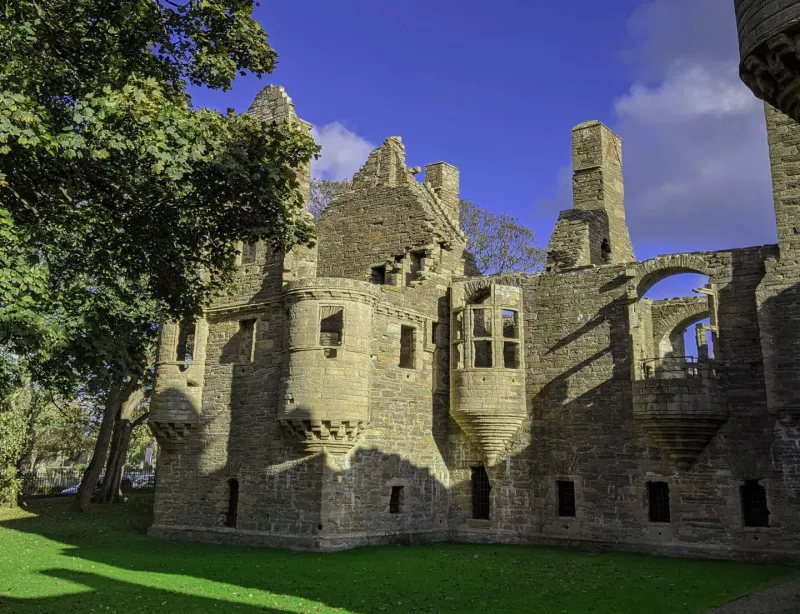
Skara Brae - a stone-built Neolithic settlement located on the Bay of Skaill to the west of the Island. Consisting of ten clustered houses made of flagstones the site was occupied from roughly 3180 BC to about 2500 BC and is Europe's most complete Neolithic village.
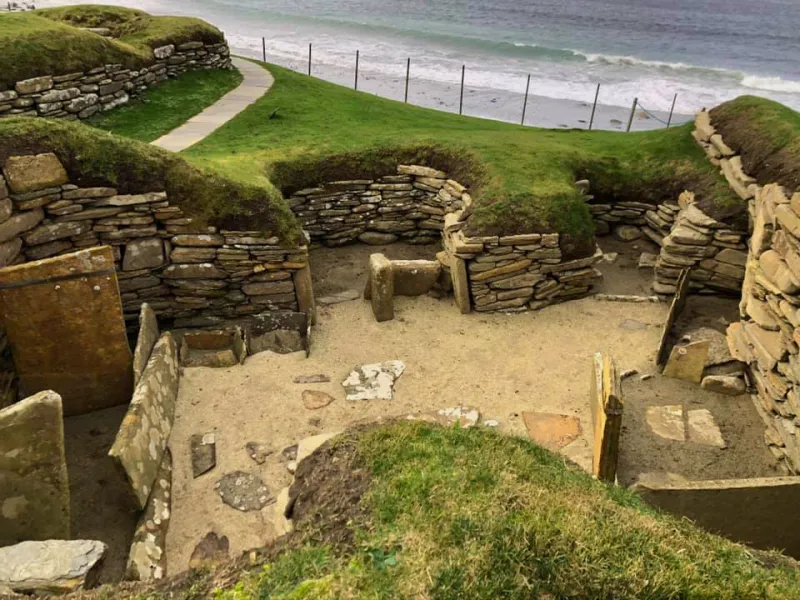
Scapa Flow - is an important body of water in the Orkney Islands, sheltered by the islands of Mainland, Graemsay, Burray, South Ronaldsay and Hoy. Its sheltered waters have played an important role in travel, trade and conflict throughout history. Vikings anchored their longships here more than a thousand years ago and it was the United Kingdom's chief naval base during the First and Second World Wars. In 1939, the Royal Navy battleship HMS Royal Oak was sunk at her moorings within the natural harbour of Scapa Flow.
The Churchill Barriers - built to prevent further attacks via Scapa Flow, the First Lord of The Admiralty, Winston Churchill ordered the construction of these permanent barriers for which there are four ‘causeways.’ They link the Orkney Mainland in the north to the island of South Ronaldsay via Burray and the two smaller islands of Lamb Holm and Glimps Holm. The barriers were built in the 1940s, primarily as naval defences to protect the anchorage at Scapa Flow but now provide permanent road links between the islands.
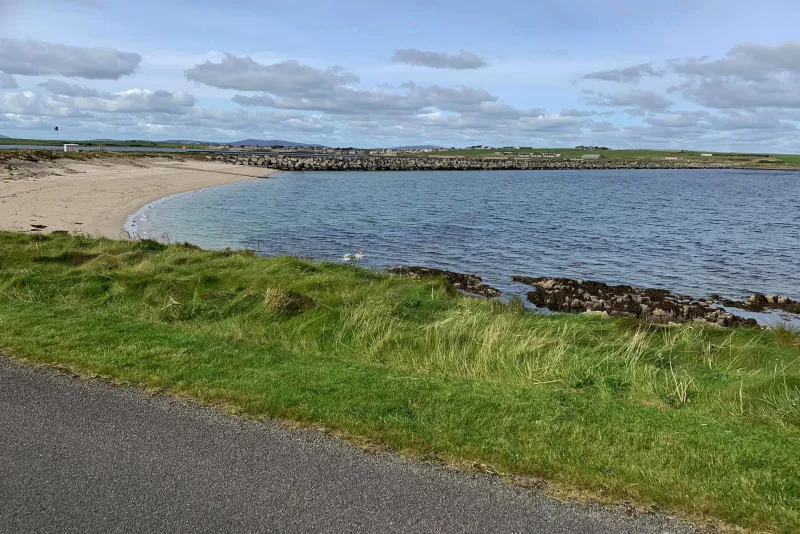
The Italian Chapel - built by Italian prisoners of war who were drafted in to build the Churchill Barriers. Now not only a Catholic Chapel but a famous landmark and tourist attraction.
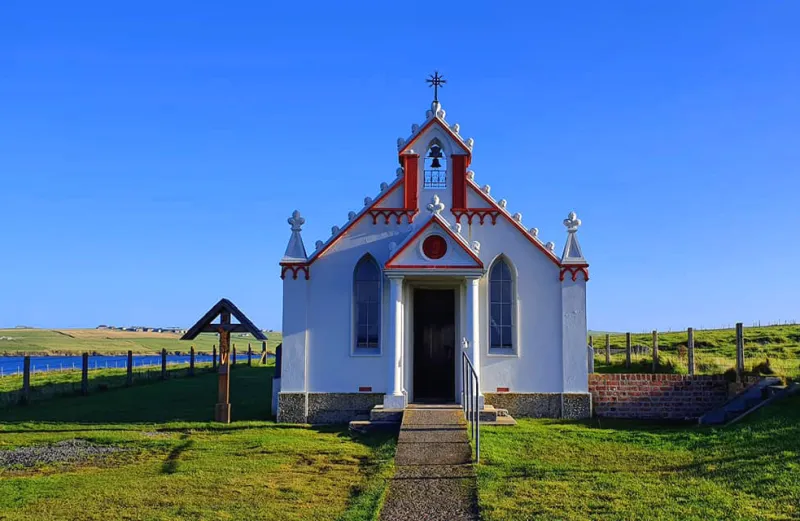
Highland Park - a Whisky distillery which was founded by Magnus Eunson, a butcher and church officer by day and illicit distiller and whisky smuggler by night. In 1798 he was caught illegally distilling whisky on the site. In 1826, nearly 30 years later, Highland Park has since become a popular destination for tourists to the island.
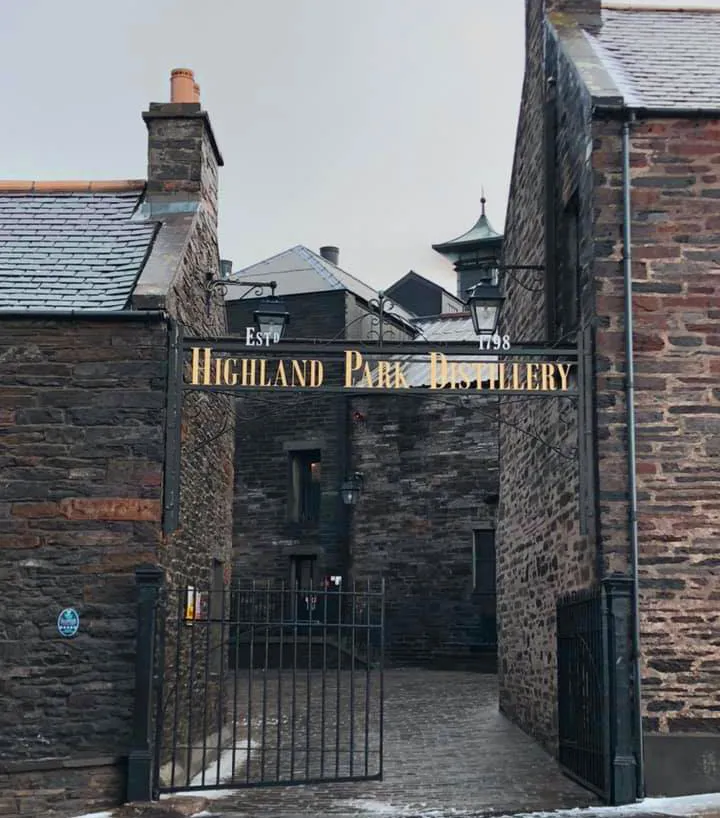
Text by: Eilidh I. F. MacDonald - Author of the book "The Best, Worst Mistake"
